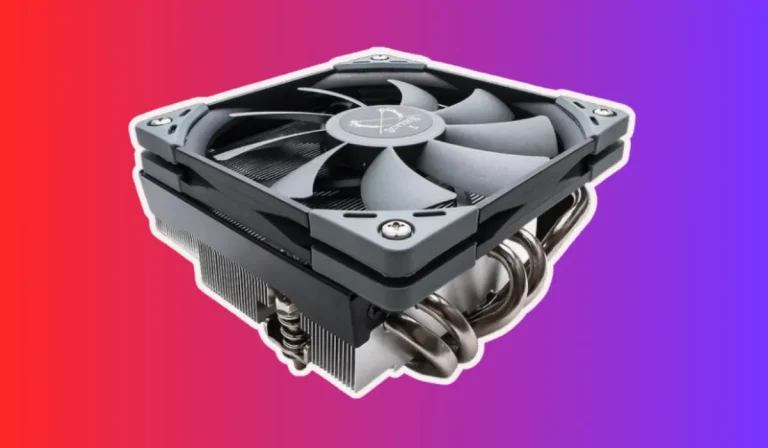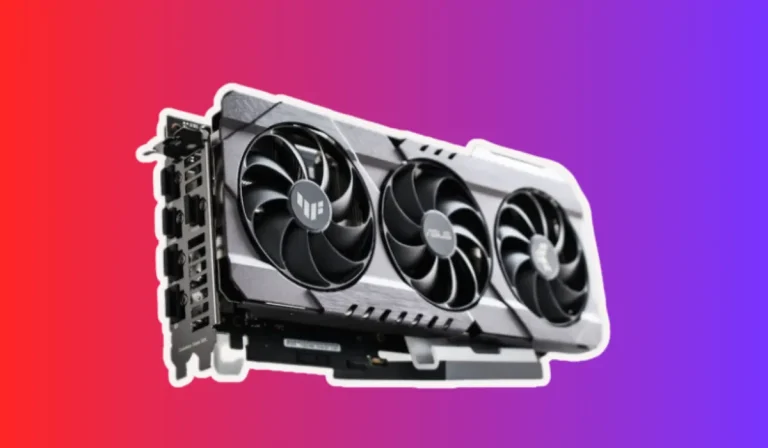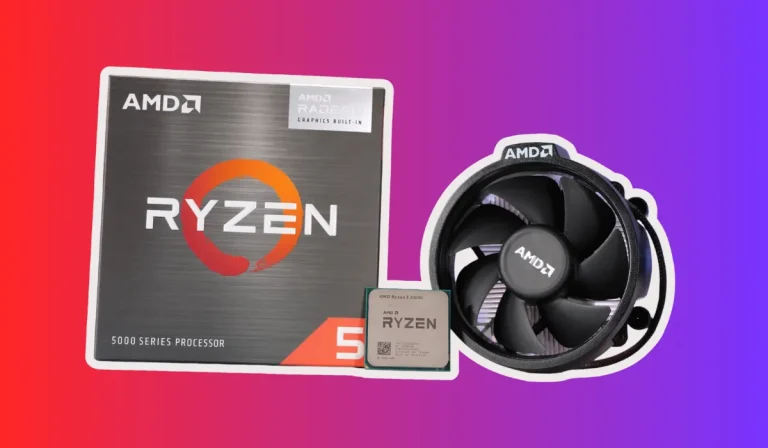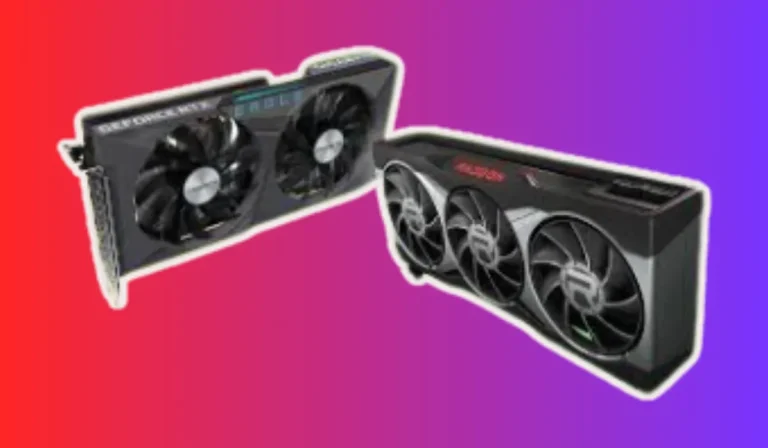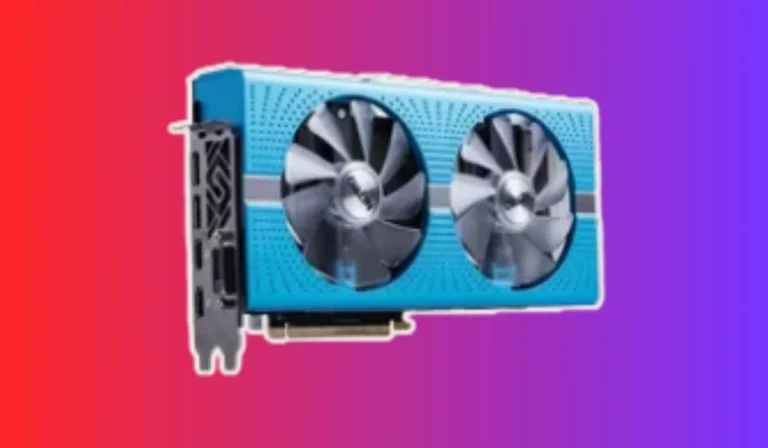How To Fix a GPU Not Detected Error?
Is your GPU not being detected? Don’t panic! We’ve got you covered with this easy-to-follow guide on how to fix a GPU not detected error. A GPU (Graphics Processing Unit) is a vital component of your computer, responsible for rendering graphics and enhancing overall performance.
But when it’s not detected, it can be frustrating. We’ll walk you through the troubleshooting steps to get your graphics card up and running smoothly again. So, let’s dive in and solve this issue together!
Understanding the Causes of GPU Not Detected Error
Before we delve into the troubleshooting steps, it’s essential to understand why your GPU might not be detected. Several factors can contribute to this frustrating issue. First, we explore the common causes of a GPU not being detected and gain a better understanding of what might be going wrong.
Outdated Drivers
One of the primary reasons for a GPU not being detected is outdated drivers. Just like any software, GPU drivers need to be regularly updated to ensure compatibility with the latest operating systems and applications. Outdated drivers can lead to conflicts and prevent your computer from recognizing the GPU.
Hardware Conflicts
Another common cause of the GPU not being detected is hardware conflicts. Sometimes, other components in your computer, such as integrated graphics or expansion cards, can clash with the GPU, resulting in detection issues. Resolving these conflicts is crucial for the proper functioning of your graphics card.
BIOS Settings
The BIOS (Basic Input/Output System) of your computer contains essential settings that govern its operation. Incorrect or incompatible settings related to the GPU can prevent it from being detected. It’s important to ensure that the BIOS settings are correctly configured to enable the GPU.
Improper Installation or Loose Connections:
Sometimes, the simplest explanation is the culprit. Improper installation or loose connections between the GPU and the PCIe slot or power cables can lead to detection errors. Double-checking the physical connections and making sure everything is securely attached is a crucial step in troubleshooting this issue.
Troubleshooting Steps
Now that we have identified the common causes of a GPU not being detected, it’s time to take action and resolve the issue. We will guide you through a series of troubleshooting steps that will help you get your graphics card up and running smoothly again. So, we will discover and fix that GPU not detected error!
Step 1: Checking Physical Connections
The first step is to ensure that all physical connections related to your GPU are secure. Start by powering off your computer and opening the case. Take a moment to inspect the GPU, ensuring it is properly seated in the PCIe slot.
Additionally, check the power cables connected to the GPU and make sure they are securely fastened. If any connections are loose, reseat the GPU and tighten the cables to establish a solid connection.
Step 2: Updating GPU Drivers
Outdated GPU drivers can often cause detection issues. To tackle this, visit the manufacturer’s website or use driver update software to download and install the latest drivers for your specific GPU model.
Make sure to choose the correct drivers compatible with your operating system. Updating the drivers will enhance compatibility and improve the chances of your GPU being detected.
Step 3: Resolving Hardware Conflicts
Hardware conflicts can arise when other components clash with the GPU. To resolve this, navigate to the Device Manager on your computer and disable any unnecessary devices that might be causing conflicts. By disabling conflicting devices, you increase the chances of your GPU being detected without any hindrance.
Step 4: Adjusting BIOS Settings
Accessing your computer’s BIOS settings is crucial for optimizing GPU detection. Restart your computer and enter the BIOS menu by pressing the designated key (usually Del or F2) during startup.
Once in the BIOS, navigate to the GPU settings and ensure they are correctly enabled. If your computer has integrated graphics, consider disabling them to prioritize the dedicated GPU.
Step 5: Testing the GPU in Another System
If all else fails, testing the GPU in another system can help identify whether the issue lies with the GPU itself or other components in your computer.
If the GPU is detected and functions properly in another system, it indicates that the problem may be hardware-related. In such cases, seeking professional assistance may be necessary.
Additional Tips and Precautions
Now that you have resolved the GPU not detected error, it’s important to take some additional measures to prevent it from happening again in the future. We will provide you with some useful tips and precautions to ensure the smooth functioning of your GPU.
Tip 1: Regularly Update GPU Drivers
To avoid compatibility issues and ensure optimal performance, make it a habit to regularly update your GPU drivers. Check the manufacturer’s website periodically for any new driver releases and install them promptly.
By keeping your drivers up to date, you can prevent potential detection errors and enjoy the latest features and enhancements.
Tip 2: Handle the GPU with Care
When installing or removing the GPU, always handle it with care. Avoid applying excessive force or bending the card, as this can cause damage to the delicate components.
Take precautions to prevent static electricity by using an anti-static wristband or regularly grounding yourself by touching a metal surface before working with the GPU.
Tip 3: Maintain Proper Ventilation and Cooling
Overheating can adversely affect your GPU’s performance and lead to detection errors. Ensure that your computer case has adequate ventilation and that the fans are clean and functioning properly.
Consider using additional cooling solutions like case fans or liquid cooling if you have a high-end GPU or if you live in a hot climate.
Tip 4: Keep an Eye on System Temperatures
Monitoring your system temperatures can help you identify any potential overheating issues. Install software that allows you to keep track of CPU and GPU temperatures, and take action if you notice any unusually high readings. Regularly clean the dust from your computer’s internal components to improve airflow and prevent overheating.
Tip 5: Perform Periodic Maintenance
Performing regular maintenance on your computer can help prevent various issues, including GPU detection errors. Clean the dust from your computer’s components, update all software and drivers, and run regular antivirus scans to keep your system in optimal condition.
FAQ’s
1. Why is my GPU not being detected by my computer?
There could be several reasons for this issue. It could be due to loose physical connections, outdated GPU drivers, hardware conflicts, incorrect BIOS settings, or even a faulty GPU.
2. How can I fix a GPU not being detected due to loose connections?
Start by powering off your computer, opening the case, and ensuring that your GPU is properly seated in the PCIe slot. Additionally, check and tighten any power cables connected to the GPU.
3. What should I do if my GPU drivers are outdated?
Visit the manufacturer’s website or use driver update software to download and install the latest drivers for your specific GPU model. Make sure to choose the correct drivers compatible with your operating system.
4. How can I resolve hardware conflicts causing the GPU not detected error?
Navigate to the Device Manager on your computer and disable any unnecessary devices that might be causing conflicts with the GPU. Disabling conflicting devices can increase the chances of your GPU being detected.
5. What steps can I take to adjust BIOS settings and optimize GPU detection?
Restart your computer and enter the BIOS menu by pressing the designated key (usually Del or F2) during startup. Navigate to the GPU settings and ensure they are correctly enabled. Consider disabling integrated graphics if present to prioritize the dedicated GPU.
Conclusion
Resolving a GPU not detected error requires careful troubleshooting and proactive measures. By checking physical connections, updating GPU drivers, resolving hardware conflicts, adjusting BIOS settings, and seeking professional help if needed, you can overcome this issue and ensure smooth GPU functioning. Keep your graphics card running flawlessly and enjoy uninterrupted gaming or design experiences.

